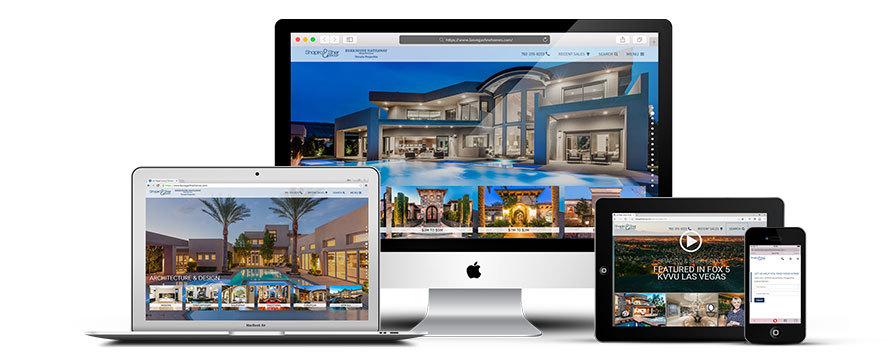In a world like ours today, it has become increasingly exhausting to keep up. Everything changes faster than we could even finish blinking our eyes. We have watched trends die and resurrect almost instantly and our own culture has changed dramatically. What was once gold might be considered junk the next day. What was once relevant two days ago, might have already been forgotten.
Everything happens in a snap.
Frightening, isn’t it? Especially for us businesspeople as it is pertinent for us to keep our brands in the hearts of our audience. Or the minds, at least.
So how do we make sure that our products and/or services will stay important to our audience in the Internet Age?
Just ask the big guys from IBM, Cisco, Intel and a list of other top brands — they have the answer.
Lucky for us, they don’t keep the reason for their success a secret.
Content Marketing. It’s that simple.
And it’s that complicated.
Defining Content Marketing

According to the Content Marketing Institute, content marketing is “a strategic marketing approach focused on creating and distributing valuable, relevant, and consistent content to attract and retain a clearly-defined audience — and, ultimately, to drive profitable customer action.”
Content marketing is not just writing. It’s writing with a purpose and a concrete goal in mind — to get and keep an audience.
If you’re wondering what good it brings in terms of SEO, content is the basis of SEO.
SEO needs content. SEO will not be SEO without content. It needs keywords, articles and everything related because SEO is content.
To put it in simpler terms, you simply cannot market (especially in the internet) without content. This is because search engines like Google and Yahoo detest spam. To counter this, they only reward the top spots of their ranking pages to the businesses that consistently publish high-quality copies. Remember that the higher you are in the SERPs, the more visibility you get.
I’m pretty sure you know what spam is and I’m also sure that, like your customers, you’re not fond of it. Nobody likes it. Content marketing isn’t spam. It’s marketing without the selling part.
Content marketing is as subtle as marketing can get. It’s practically its own art form. With it, you can’t stress your audience into purchasing whatever product or service you have. It just doesn’t work that way. It’s not telling them: “Hey, come buy our product! NOW!”
Instead, you tell them “Hey, here are some things you need to know.”
If you deliver consistent content that your users will care about – whether new information, tutorials or what-have-you – they will eventually do business with you. Plus, you could have a higher chance of gaining their loyalty and trust.
The Current State of Content Marketing
The worldwide web is oversaturated with content that it becomes overwhelming when you realize that you – as someone who needs to deliver a constant flow of cutting-edge and original material – have to stand out to at least two million blog posts per day.
If you frequent marketing blogs, you’re probably tired of that ginormous number already. But it is there and no – nobody’s stopping. Nobody wants to. After all, why should they?
Just look at the many advantages content marketing brings to the table:
- 42% of B2B marketers have reported that their content marketing strategy is effective
- 67% of B2B buyers have said that content online has a “moderate to major” effect on their purchasing decisions
- Custom content is on the rise as 61% of consumers are influenced by it
- Conversion rates can come up to six times higher for businesses who adopt content into their marketing strategy
- Compared to traditional marketing, content marketing generates up to three times as many leads
- 70% of people prefer to learn about a company through articles rather than advertising
The Problem with Traditional Content Marketing
Content marketing is of the most influential internet marketing strategies there is, that’s why many people are jumping on the bandwagon.
91% of B2B marketers and 86% of B2C marketers use content in their efforts to up their rankings. Additionally, 60% of marketers write or design at least one piece of content every day to be consistent with their marketing efforts.
This is where the problem lies. If you don’t have the names like Neil Patel or Rand Fishkin, you would have to climb mountains or swim oceans to truly stand out. Even if your content is already really good.
That’s the challenge content marketers face every single day.
51% of marketers have said that what they find very difficult is the lack of time or bandwidth to create content. This is followed closely by the problem of producing enough content variety or volume to deliver to their audience (50%).
But that’s reality and you can’t keep producing mediocre content just for the sake of it. One, it doesn’t work – Google will find you and will pull your rankings down – and two, you’ll drown in a sea of voices, leaving your own voice (or the voice of your company) unheard of.
Competition is tough and it just keeps getting tougher by the second.
What can we do?
Maybe we should try suggesting that content is dead and just scrap it from our marketing plan all together?
You might have heard people debating about this particular topic all over the internet. However, rather than sticking the word “dead” in there, we should instead say “content marketing is not dead… it is evolving.”
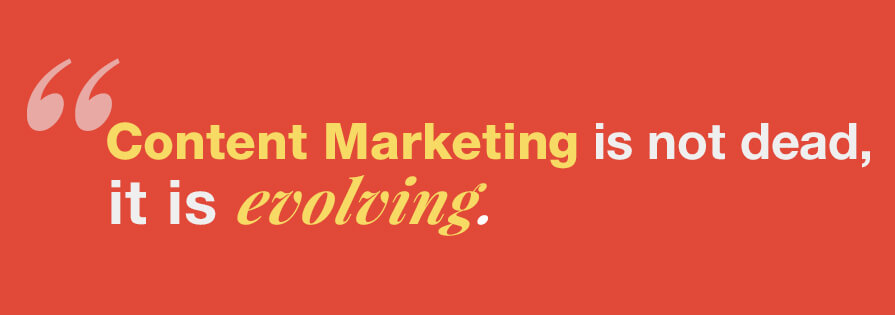
From black text against white background, content has evolved into what we normally see now as today’s version of content marketing.
Visual Content for the Visual Creatures

If we were in the early 2000’s, you could have gotten away with that text-only content you’re about to publish. It might have even been shared multiple times across multiple platforms. But in the years since social media has erupted, you just cannot rely on text alone anymore. Block after block of wordy paragraphs would only overwhelm your audience, resulting in barely-read content.
Here’s what statistics says: pairing content with relevant images will get 94% more views than content without any corresponding media.
94% more views. Just let that sink in.
Our brains process visuals 60,000 times faster compared to how it sorts out text. Ninety percent of the information communicated to our brain is visual and 65% of people learn through illustrations, photographs and graphics.
What’s more is that almost two thirds of posts on social media are visual content.
Neil Patel explains, “We are wired to take in visual content faster and more effective than we are with words.” To put it simply, it is all part of our being human. It comes natural to us as we are visual creatures.
Visual content is unavoidable. It is what people are looking for. It is probably what you’re also looking for when you browse through websites or scroll through your social media feeds.
It is effective because it gets people’s attention; it gets them talking. Plus, visuals will most certainly make your brand memorable because humans retain almost two thirds of the information they see.
And besides, who hasn’t shared a photo or a video they found relatable, important or entertaining in their social media accounts?
Here are the three major types of visual content:
Images
Among all the visual content forms, images are the easiest things to start with. Since our attention spans are getting shorter and shorter, breaking your texts into sections and adding images could make your content easier to digest.
Aside from that, images are everywhere. You can use high-quality stock photos (that don’t feel like stock photos) or – to really add your own brand’s touch – take a few of your own. You don’t need to have an elaborate studio and expensive equipment — all you need is a little creativity and the camera of your smartphone.
Don’t worry about the quality, everyone craves authenticity nowadays. As long as you have a story to tell, people won’t mind.
If stock photos cannot be avoided, here are just some useful sites to get great quality stock photos:
Pixabay
Picjumbo
Morguefile
Public Domain Archive
Remember to have the right balance between text and images. Just a few photographs might become boring to your audience, but too many could overwhelm them. The optimal image to text ratio is one photo per 75-100 words.
Video
If an image is already powerful, then what more a video? With the rise of video-sharing platforms such as YouTube and Vimeo, it has become effortless to upload your own video content for all to see.
And don’t you worry, videos are not as heavy as they used to be. Because of newer available formats, they are lighter than ever and you can easily embed them on every platform you use – on your blog, your website or even on your social media platforms.
When it comes to using video for your internet marketing campaign, your imagination is the limit. How-to videos, product reviews and demonstrations, or maybe a culture video or two. You can even get your customers to send in their own content through customer testimonials.
Making videos would require a lot of time and effort though because it isn’t as easy as it looks. But trust us (and the statistics!), it’s well worth all your blood sweat and tears.
Landing pages are your websites “money pages” so it’s best to place a video there as this will increase conversion rate by 86%.
What’s more is that 90% of users have said that product videos help them significantly in their decision process.
Infographics
Data can throw off your readers in a snap. Sure, it’s vital to add it in because it would make what you are writing a reliable source. But oftentimes, numbers, facts, figures can appear so dull and forbidding.
Fortunately, there is a way around this and that’s through infographics. Making your charts, diagrams, graphs and tables pop out in unique ways would not only make your content easier to understand — it would also make it shareable, especially on social media sites.
You can likewise use infographics for step-by-step instructions or how-to guides.
Also, did you know that infographics are liked and shared on social media 3x more compared to any other visual content?
Other Kinds of Visual Content
If you think the Big Three are a tad bit too archaic, here are other kinds of visual content you can experiment with:
- Annotated Screenshots
- Animations
- Gifs
- Data Visualization
- Memes
- Comics
- Interactive Carousels
- Slideshows or presentations
Now, wait just one minute. Before you upload your visual content online, here are some things to keep in mind:
- Don’t add visuals just for the sake of having visuals. Every element in your content has to be relevant. Your readers will know if you’re just jamming visuals to get traffic.
- As much as possible, avoid overused stock photos or videos… please?
- Always make sure to optimize the images you will use. Your audience – especially those on mobile – will thank you.
- You don’t have to buy expensive equipment or software to create compelling visuals. Make use of what you have. Also, there are tons of free online tools that you can take advantage of.
The bottom line is, visual content has the ability to humanize your brand. With it, you can communicate your brand’s message more effectively than text-only content. With a visual content strategy, not only will you enjoy a higher revenue, you’ll also be engaging more with your customers.
Now that’s marketing!
Visual marketing is a breakthrough, but ever since it blew up, marketers have become more and more creative with how they present their content.
So if visual content is still not enough for you, then the future of content marketing might just be what will excite you.
Interactive Content as the Future of Content Marketing

Part of marketing our businesses is keeping track of every trend there is. And in the world of content marketing, there are plenty.
As like every marketing tool, we’ve seen content grow from what was static before to what is active now.
Often the people we market to do not have all the time in the world to immerse themselves in long articles with sparse images and videos. It’s so easy for them to close a website and move on to the next. And we can’t do anything about that. After all, it is we who alienated them in the first place.
This is what interactive content intends to break.
Interactive content marketing aims to tear down the walls between us and them.
This is the kind of content that has the power to retain your audience’s attention as it compels them not to close your site just yet because there is a lot more to come.
Interactive content, as defined by Jean Spencer of Kapost, is “content that produces highly engaging experiences with the buyer.”
Now interactivity is not an entirely new concept as marketers have been experimenting with it to further enhance their strategies and to engage with their users on a higher level. Still, brands continue to come up with newer and newer ways to get their audiences involved.
Interactive content works because people get excited. People like being communicated to. In psychology, interaction is defined as a basic need for us human beings.
That is not to say it is easy to produce this kind of content. It takes a lot of time, hard work and dedication. But hey, it gets 70% of conversions, compared to only 36% for passive content so it’s definitely worth giving a shot.
Interactive Content Marketing by the Numbers
If you’re not convinced yet, here are reasons why interactive content marketing is king:
The Value of Education
One of the advantages of interactive content marketing is that not only is it engaging, it also makes educating your audience effortless. This is what most content marketers aim to do. On a survey by Content Marketing Institute, they found out that the number one reason marketers use interactive content is to educate (75%) followed closely by engagement (59%).
This is how it is supposed to be from the very start because customers value education. 75% of B2B consumers use content to “research a business idea.” Best keep your content useful and they’ll come flooding in.
Static Versus Interactive
81% of marketers believe that interactive content is more attention-grabbing compared to static content. What’s more is that 79% of them agree that this type of content has more reusable value than traditional marketing.
When you pit static content against interactive content, it’s clear as day as to who has the advantage.
More Engagement on Social Media Sites
Social media has taken over the web and in those platforms, consumers value visuals over text. If you posted a status update with a photo attached, it will get liked two times more than if you simply post a text update. Likewise, videos are shared 12x more than link-based and plain text updates.
Make your content social media-ready by adding pictures and sneak peeks of what your interactive content has in store when your audience clicks on it. With a compelling call-to-action, your interactive content might just go viral in no time.
Interactive Content Types
Interactive content continues to blow up as there are many ways you can mix and match these content types to consistently create something fresh. As with all marketing mediums, the limit is your imagination. Now here are just some examples of the most common interactive content you can start with:
Much like the ones typically found in your office drawer, calculators make it easier for your prospects to directly calculate on your site. Whether for computing costs, ROI, time savings, mortgage and insurance estimates or revenue generations, calculators give the user freedom to input their information on specified fields. They would then get personalized results based on the data they gave. These are typically found on banking and real estate websites.
The internet never runs out of personality quizzes. When you start taking them, you might just never stop. Plus, if the results are good, you’ll probably share it with your friends on social media. The reason for their success? They are personalized. What’s more is that there are no right or wrong answers in this kind of quiz. Personality quizzes creates a dialogue between you and your audience.
Another benefit of using personality quizzes is that it gives you an insight into your audience. The data they will input on your content could help you know your audience better — and eventually produce better content.
Also known as trivia quizzes, these types are used to evaluate knowledge, skills, aptitude, abilities or performance of those taking it. Compared to personality quizzes, these tests have only right or wrong answers. This way, you’ll get to know the level of knowledge each of your users has on a specific topic.
Polls and surveys are a great way to collect feedback and insights from your audience. These kind of interactive content work because people love giving their complete and honest opinion on a variety of things and see what others think as well. Whether for product and features, voting or opinions, polls and surveys are simple but powerful ways to engage with your audience.
Contests are as old as time, but they still continue to be one of the greatest marketing strategies out there. Even in the digital age. What makes them effective is their ability to draw out our natural desire to compete and win. Contests can easily lure prospects and therefore inspire engagement with your business. Examples of contests are user generated photo or video contests or user generated text or caption contests.
They look a lot like the tournament brackets in your office when game season starts. Brackets are another way to bring out the competitiveness in people. It usually uses a round-by-round voting format until it reaches a winner. It’s a pretty long process so you’ve got yourself quite a lot of time with your audience. You will be able to hear their opinions, but unlike polls and surveys, you’ll get them multiple times. Some examples of these are “Best Of,” “Worst Of” and “Fan Favorite” brackets.
If you want to stick with photos and videos, galleries are one way to make them more interactive. They can be used to showcase products, events highlights, customer reviews or examples, portfolios or even user generated content.
-
Interactive White Papers or E-books
These are the long-form content that show no sign of ever stopping. But why not make it an interactive experience for your audience? Interactive white papers and e-books strike a dialogue with your consumer. Give them the power to navigate as they wish. You can even pair these with surveys, assessments, calculators or even knowledge tests. With these types of interactive content, not only will you educate your audience, you’ll also be providing an experience they won’t soon forget.
Video is already a compelling and engaging medium as it is but interactive video just steps it up a little bit more. Adding clickable elements within the video itself will give your users the unique chance to choose what they want to view and learn. This gives your users a highly personalized experience that they have absolute control of.
Interactive Content Tools
There are a ton of other interactive content types out there and they continue to grow in number as our technologies advance and more innovations are presented to us. If you find it a little hard to create these types of content from scratch, here are some online tools that might help you start:
SnapApp gives you the ability to create and analyze interactive content. With it, you can generate personality tests, knowledge tests, brackets, galleries, contests, interactive white papers and infographics, polls and calculators.
Content Tools
If you are learning more towards trivia, polls, contests, personality quizzes, rankers, “Can You Guess” and “Caption this” content, then Content Tools is a user-friendly online tool that can help you.
With Ceros and its drag-and-drop functionality, you can make these six types of interactive content: magazines, infographics, nanosites, e-books, lookbooks and shoppable catalogues.
Now that we have all these interactive content examples and all these online tools, how do we measure our success?
With interactive content, you have to pay attention to the metrics recording your content’s reach, completion and amplification.
Reach simply means the number of users who interacted with your content. This would be the number of consumers who clicked through to take your quiz or e-book or the number of views on your video. This is the initial engagement your content receives.
Completion is what indicates the number of users who actually finished the interaction. An example would be the number of people who completed your quiz or the number of users who joined your contest.
Finally, amplification simply means the number of social shares your content received from users. This indicates just how many people re-tweeted your quiz, liked your interactive infographic or shared your contest.
With these metrics, you can identify what is effective and what is not. You can use them to further improve your interactive marketing strategy, therefore making content that will resonate most with your audience.
The Future of Content Marketing
As far as marketing goes, the future of interactive content – or rather, content in general – really depends on us. We can experiment with it as much as we want to find more and more creative ways to market our businesses. After all, isn’t that what were really good at doing?
The important thing here is that we should always make sure that the type of content we will be using directly correlates with our brand’s voice — because that is one voice we cannot compromise.
As Brian Hughes said, “Like all effective marketing, your medium should naturally complement your message, not take away from it.”
Content marketing and the whole digital marketing system in the Philippines still has a long way to go. Similar to all other marketing channels such as television and print, content is not dead. One might even say that it shall never die. It is simply evolving in newer ways than we could ever hope to count.










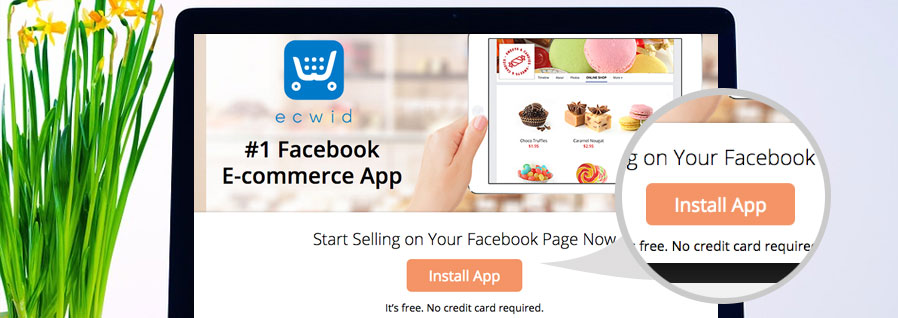
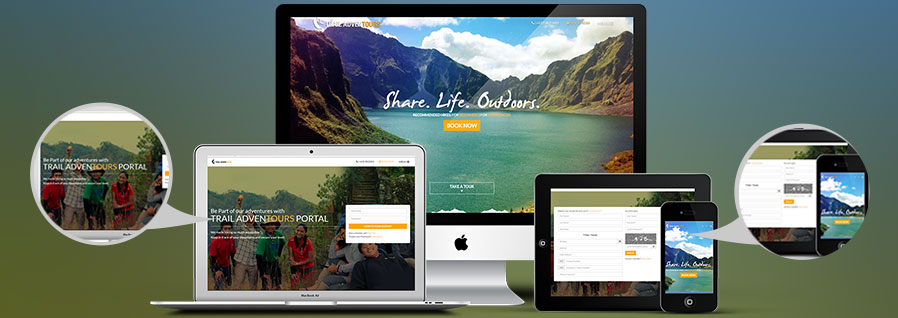

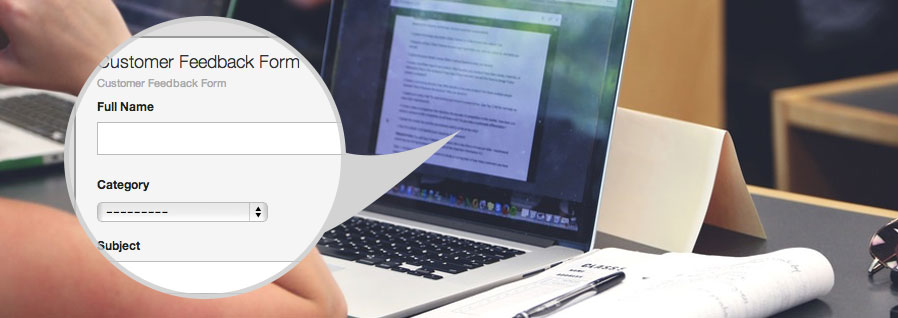




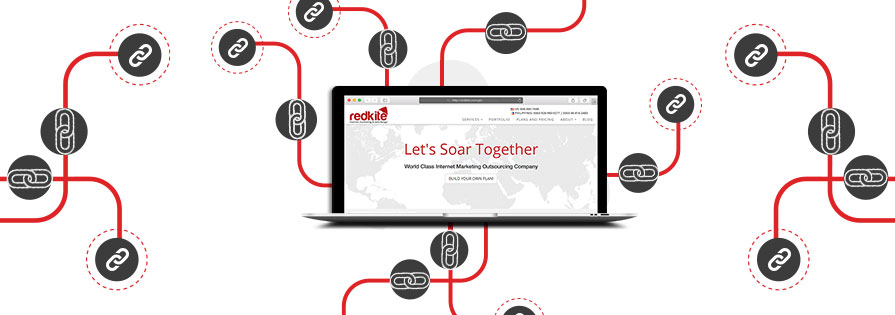


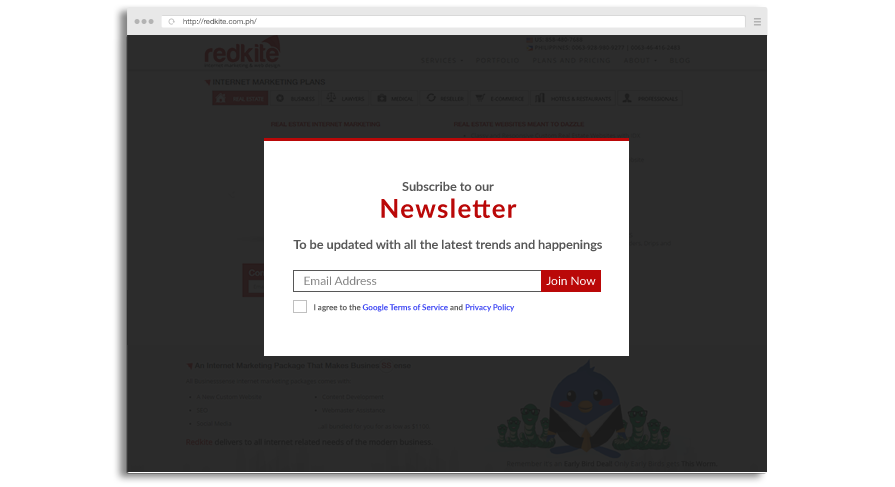






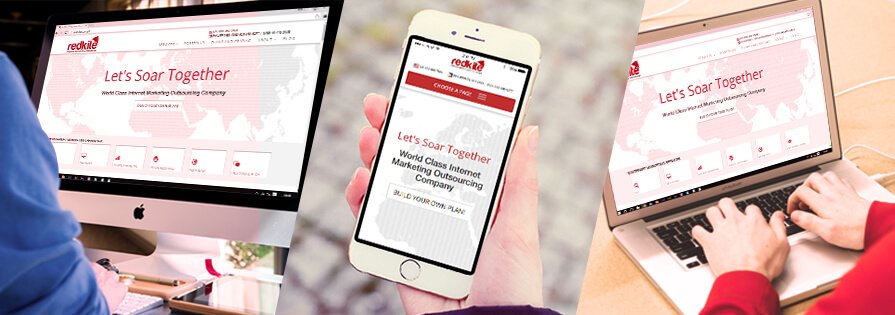
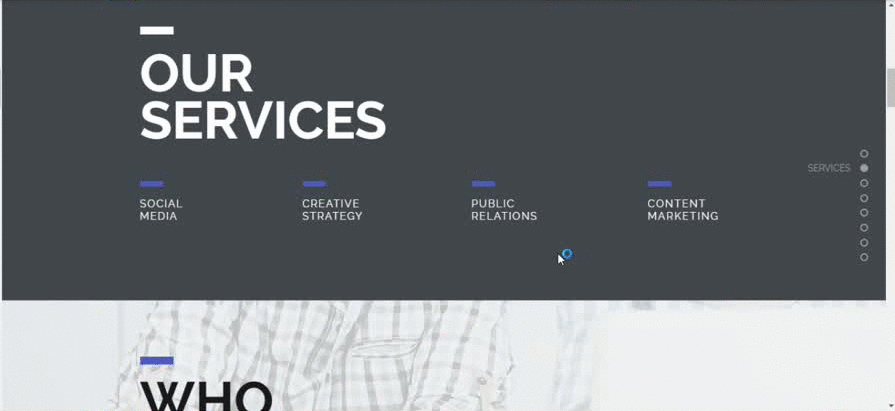
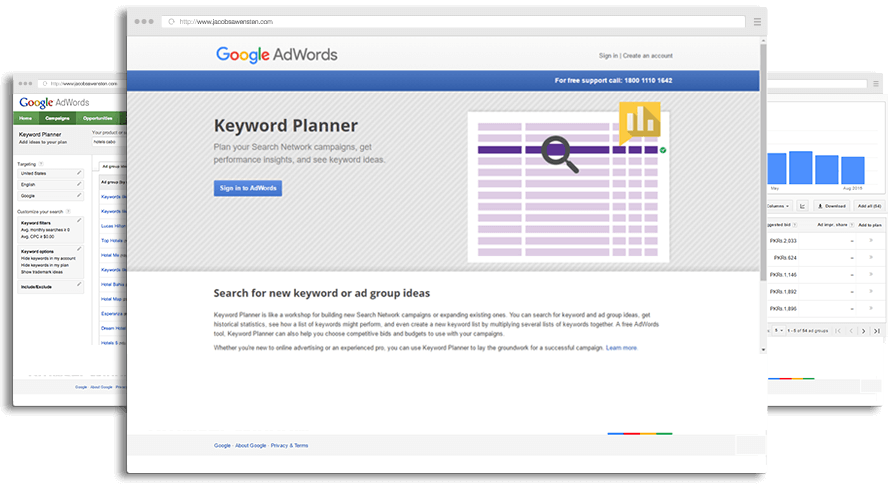
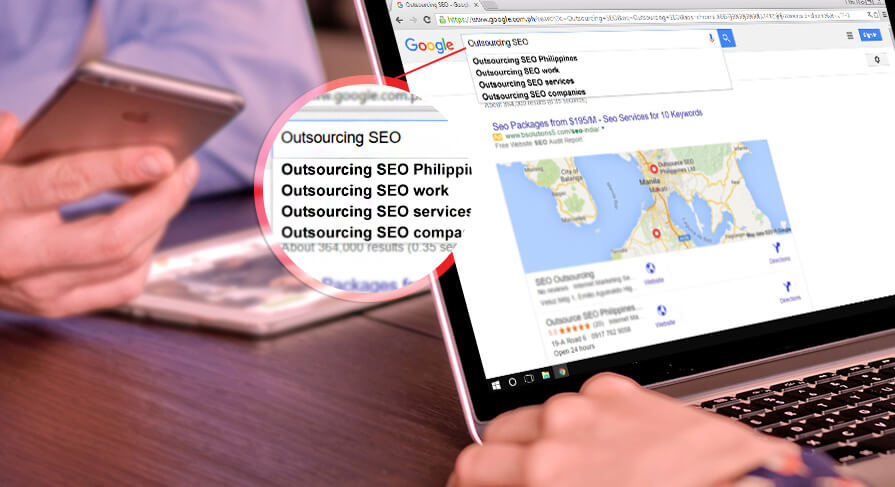








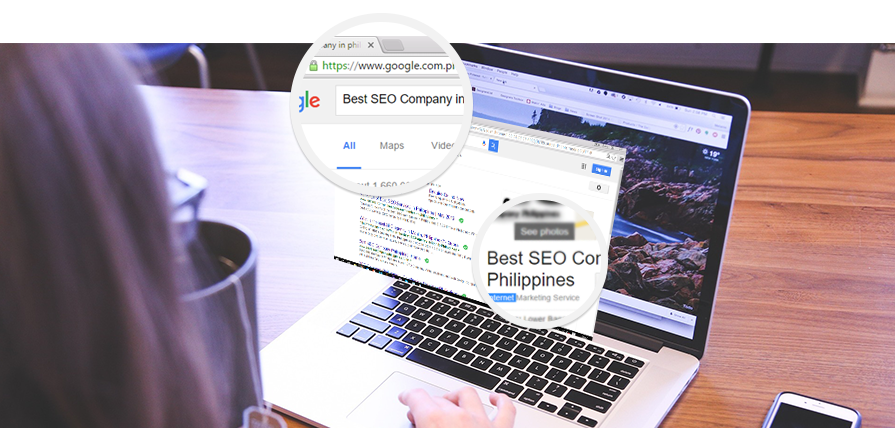
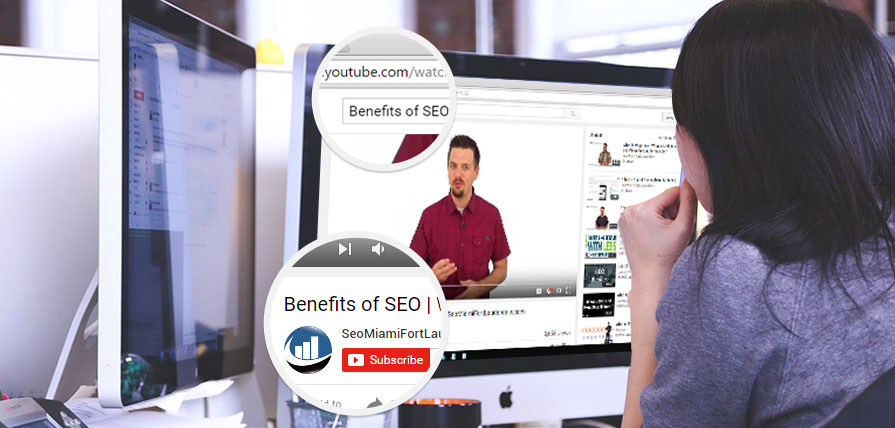
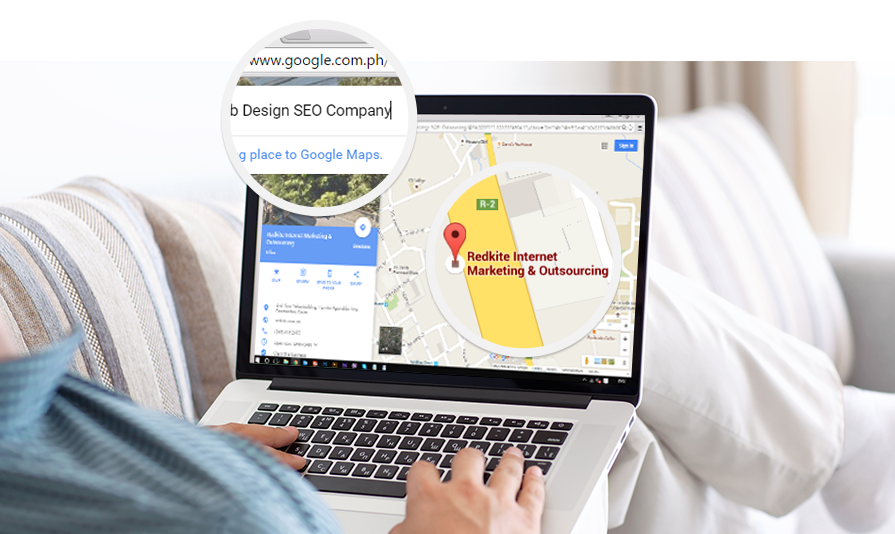




 The Challenge of Art and Design
The Challenge of Art and Design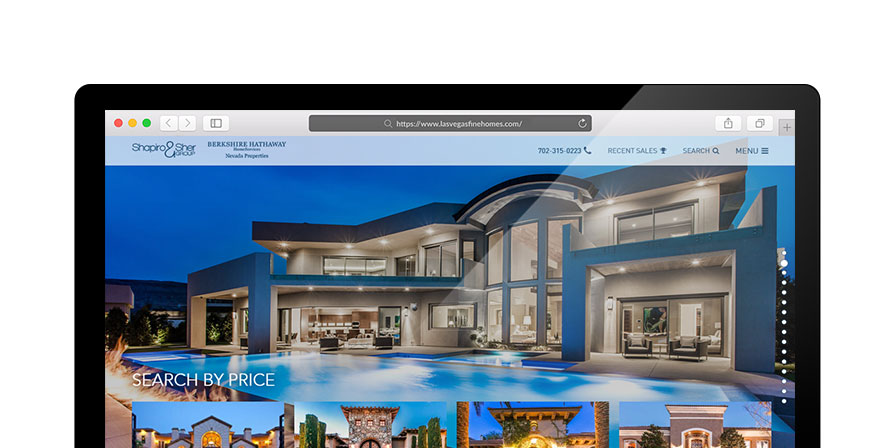 In
In 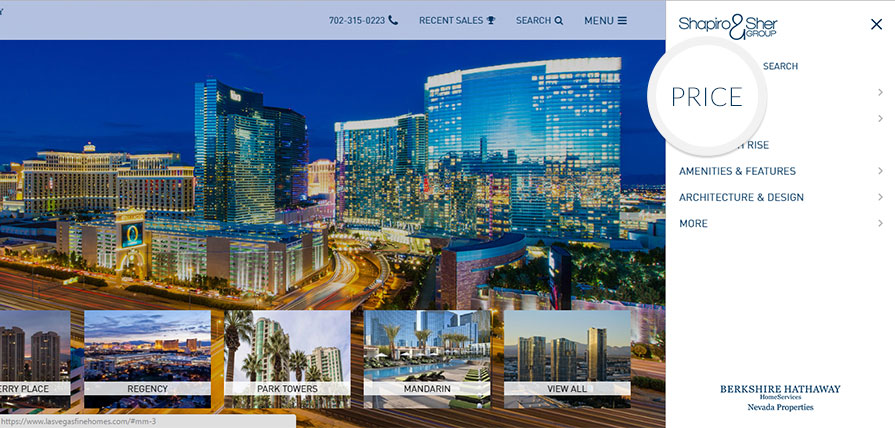 Your website’s navigation falls in the design aspect of this category. A site that has fluid navigation is something that a lot of website visitors will appreciate. Understand that no two customers are the same. Some people will prefer to see kitchen designs of your luxury properties, others will opt to look at master suites. Some buyers might want to filter your listings showing only the type of architectural designs they want while others may desire to see it by location. – It all depends on the preference of your clients. This is why as a real estate professional, you have to be sure of the information people might want to know. A clean and concise navigation design allows for faster, logical and easier access.
Your website’s navigation falls in the design aspect of this category. A site that has fluid navigation is something that a lot of website visitors will appreciate. Understand that no two customers are the same. Some people will prefer to see kitchen designs of your luxury properties, others will opt to look at master suites. Some buyers might want to filter your listings showing only the type of architectural designs they want while others may desire to see it by location. – It all depends on the preference of your clients. This is why as a real estate professional, you have to be sure of the information people might want to know. A clean and concise navigation design allows for faster, logical and easier access. Informational and Creative Content
Informational and Creative Content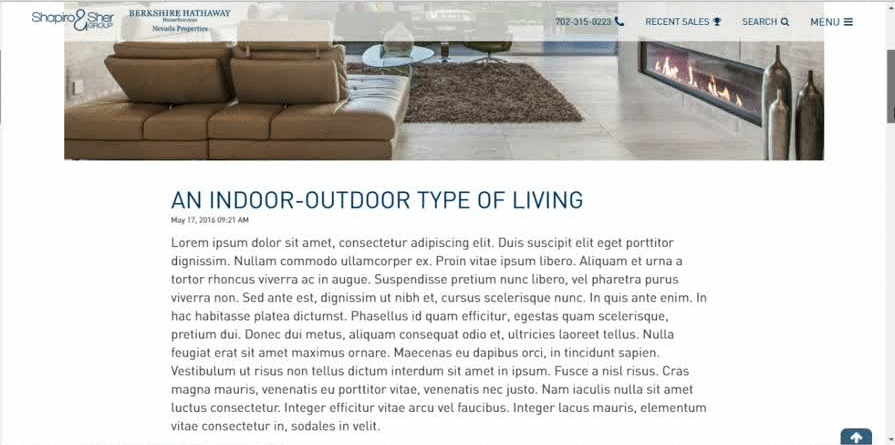 Content is Vital! Having high res images and virtual tours is not enough to address all the questions that potential buyers may have. Since they are very keen to details, your website should also provide the necessary content that lays out all the information about a property that your clients will want to know. This includes lot area, how many bedrooms and bathrooms the house have, are there any built-in appliances, and the indoor and outdoor amenities that the property features. Another type of content that your website needs to have are blogs. These doesn’t necessarily have to focus solely on luxury homes. Consider the target demographics of your blogs, it can vary from young professionals, growing families, or even empty nesters. Topics can tap anything that coincides to the idea of luxury. Be as creative as possible when publishing this kind of content since it can significantly contribute to your visitor’s overall website experience satisfaction. The main purpose of all content is to establish yourself as the “go-to” person in your city/area for information regarding all things that is luxury real estate related.
Content is Vital! Having high res images and virtual tours is not enough to address all the questions that potential buyers may have. Since they are very keen to details, your website should also provide the necessary content that lays out all the information about a property that your clients will want to know. This includes lot area, how many bedrooms and bathrooms the house have, are there any built-in appliances, and the indoor and outdoor amenities that the property features. Another type of content that your website needs to have are blogs. These doesn’t necessarily have to focus solely on luxury homes. Consider the target demographics of your blogs, it can vary from young professionals, growing families, or even empty nesters. Topics can tap anything that coincides to the idea of luxury. Be as creative as possible when publishing this kind of content since it can significantly contribute to your visitor’s overall website experience satisfaction. The main purpose of all content is to establish yourself as the “go-to” person in your city/area for information regarding all things that is luxury real estate related. Functional User Tools
Functional User Tools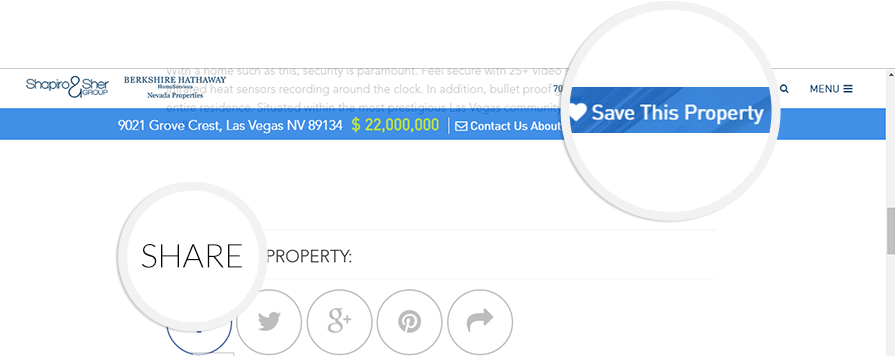 When a potential buyer visits your website you should never risk the probability of them forgetting the properties that captivated their hearts. Because of this, having functional tools available is appropriate especially in luxury real estate websites. Save buttons are very handy to visitors who are canvassing for a property that they can buy. Send buttons allow your clients to show their wife or husband the home they are eyeing without any hassle. And share buttons that directs to different social media outlets can be a great way to reach other potential clients. Through these tools, there is a big chance that you will be able to evoke an action from your website visitors and this will not only result to better visitor experience but will also be a way of promoting your site.
When a potential buyer visits your website you should never risk the probability of them forgetting the properties that captivated their hearts. Because of this, having functional tools available is appropriate especially in luxury real estate websites. Save buttons are very handy to visitors who are canvassing for a property that they can buy. Send buttons allow your clients to show their wife or husband the home they are eyeing without any hassle. And share buttons that directs to different social media outlets can be a great way to reach other potential clients. Through these tools, there is a big chance that you will be able to evoke an action from your website visitors and this will not only result to better visitor experience but will also be a way of promoting your site. Accessibility and Device | Browser Compatibility
Accessibility and Device | Browser Compatibility